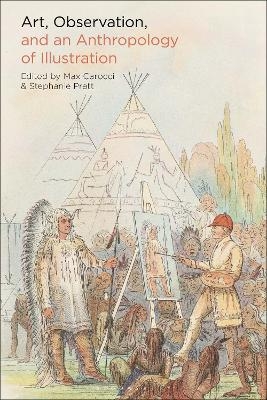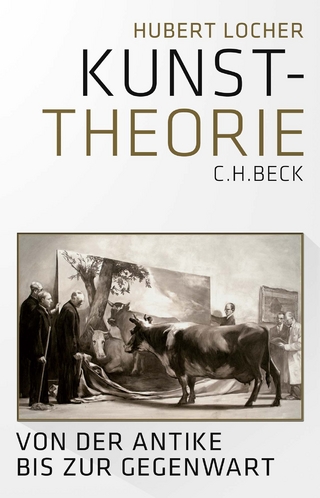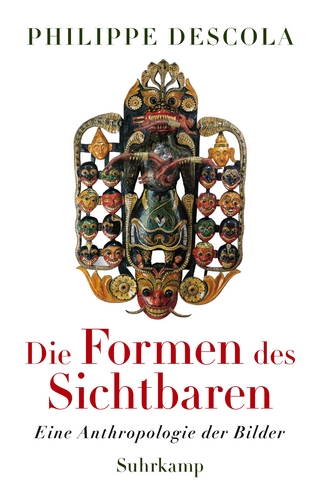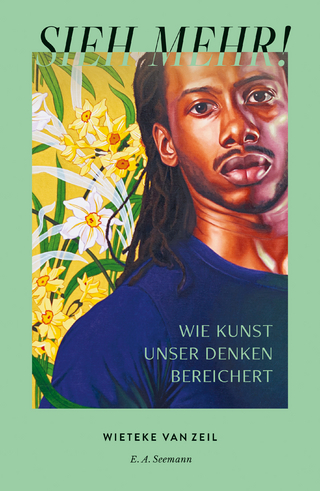
Art, Observation, and an Anthropology of Illustration
Bloomsbury Visual Arts (Verlag)
978-1-350-24843-4 (ISBN)
Bringing together art historians and anthropologists, it presents a selection of detailed case studies of various bodies of work produced by non-Western and Western artists from different world regions and from different time periods (from Native North America, Cameroon, and Nepal, to Italy, Solomon Islands, and Mexico) to explore the contemporary relevance and challenges implicit in artistic renditions of past peoples and places.
In an age when identities are partially constructed on the basis of existing visual records, the book asks important questions about the nature of observation and the inclusion of culturally-relevant information in artistic representations. How reliable are watercolours, paintings, or sketches for the understanding of past ways of life? How do old images of bygone peoples relate to art historical and anthropological canons? How have these images and technologies of representation been used to describe, illustrate, or explain unknown realities?
The book is an essential tool for art historians, anthropologists, and anyone who wants to understand how the observation of different realities has impacted upon the production of art and visual cultures. Incorporating current methodological and theoretical tools, the 10 chapters collected here expand the area of connection between the disciplines of art history and anthropology, bringing into sharp focus the multiple intersections of objectivity, evidence, and artistic licence.
Max Carocci is Adjunct Professor of Art History and Visual Culture at the Richmond American University in London. Stephanie Pratt is formerly Associate Professor of Art History at the University of Plymouth, UK.
List of Illustrations
List of Contributors
Introduction
Part I: Drawing as Method
1: The question of expression when using art as a research method in anthropology: notes for the anthropologist-artist
Paola Tiné
2: Pictorial Ethnographies of the Solomon Islands
Ben Burt
3: “You have to be a draughtsman to be an ethnographer!”. The Legacy of Giuseppe “Bèpo” Šebesta in Ethnographic Museography
Giovanni Kezich and Antonella Mott
Part II: The Production of Indigenous Visual Knowledge
4: Pictorialization as resource in the Cameroon Grassfield: Ibrahim Njoya’s illustrations for the History and Customs of the Bamum (1927-1930)
Simon Dell
5: Owning the Image: Indigenous children claim visual sovereignty far from home
Jacqueline Fear-Segal
6: Graphically speaking: the stories told by Northwest Coast prints
India Young
Part III: Political Economies of Art
7: Ethnographic study of 19th century Kathmandu through artworks
Sanyukta Shrestha
8: Like a porcupine: holy wounds in Spanish America
Peter Mason
9: Art and the limits of representation: Portraits and portrayals of Mid-western Indigenous peoples in the early United States republic
Stephanie Pratt
10: Interpreting art and ethnography in George Catlin’s Selection of Indian Pipes
Annika Johnson
Index
| Erscheinungsdatum | 01.07.2022 |
|---|---|
| Zusatzinfo | 31 colour and 53 bw illus |
| Verlagsort | London |
| Sprache | englisch |
| Maße | 156 x 234 mm |
| Themenwelt | Kunst / Musik / Theater ► Allgemeines / Lexika |
| Kunst / Musik / Theater ► Kunstgeschichte / Kunststile | |
| Sozialwissenschaften ► Ethnologie | |
| Sozialwissenschaften ► Soziologie | |
| ISBN-10 | 1-350-24843-6 / 1350248436 |
| ISBN-13 | 978-1-350-24843-4 / 9781350248434 |
| Zustand | Neuware |
| Informationen gemäß Produktsicherheitsverordnung (GPSR) | |
| Haben Sie eine Frage zum Produkt? |
aus dem Bereich


